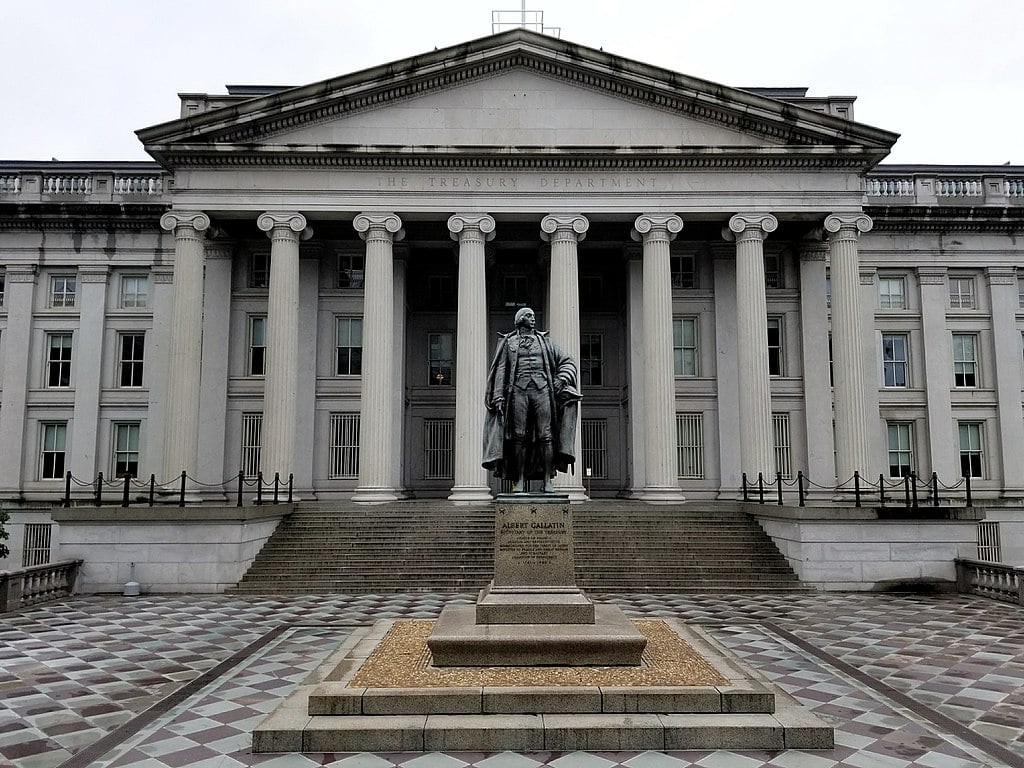
US solar industry representatives have voiced concern at the US Treasury Department’s new “start of construction” rules for renewable energy projects seeking to obtain federal tax credits.
The new rules, which follow an executive order from president Trump in July, represent a significant tightening of existing safe-harbouring measures, which previously specified that 5% of a project’s costs must be spent by a certain time.
Try Premium for just $1
- Full premium access for the first month at only $1
- Converts to an annual rate after 30 days unless cancelled
- Cancel anytime during the trial period
Premium Benefits
- Expert industry analysis and interviews
- Digital access to PV Tech Power journal
- Exclusive event discounts
Or get the full Premium subscription right away
Or continue reading this article for free
For solar projects over 1.5MW, this allowance will be removed, and, from 2 September 2025, projects above that threshold must adhere to a stricter definition of “start of construction” in order to lock in tax credits.
‘Anti-clean energy ideologues’
Abigail Ross Hopper, head of the Solar Energy Industries Association (SEIA), decried new guidance as ” part of an unprecedented side deal the administration made with anti-clean energy ideologues to undermine Congress and further harm America’s solar industry”.
She called the new rules a “blatant rejection of what Congress passed in H.R. 1, [which threaten] thousands of small businesses across the country that are the backbone of our clean energy economy”.
Other industry figures joined Hopper in criticising the politicisation of the guidance.
Jeff Cramer, CEO of the Coalition for Community Solar Access (CCSA), said the guidance “rewrites” the One, Big, Beautiful Bill Act (OBBBA), which Congress passed last month.
“By narrowing the rules for what qualifies as having ‘started construction,’ the administration has upended long-standing, bipartisan standards in a way never agreed to during the legislative process,” Cramer said. “At a time when state leaders across the country—in red and blue states alike—are embracing an all-of-the-above energy strategy…the White House is choosing a ‘some-of-the-above’ approach.”
Furthermore, the head of the American Clean Power Association (ACP), Jason Grumet, said the move “undermines the integrity of our energy grid and our legislative process.”
The executive order was issued on 7 July, three days after Congress approved the OBBBA and the president signed it into law. The order explicitly instructed the Treasury to “build upon and strengthen” the provisions passed in the bill regarding the start of construction for solar and wind projects, effectively making it more difficult to obtain the Investment Tax Credit (ITC) or Production Tax Credit (PTC) for US clean energy projects.
The OBBBA had already said that projects must be under construction by 4 July 2026 – or operational by the end of 2027 – to receive the credit.
In an interview with PV Tech Power before the guidance was released, clean energy investor and former head of the US Loan Programs Office (LPO) Jigar Shah said the executive order was “cruel”.
Physical Work Test
Instead of the 5% safe harbour provision, the new guidance says that projects over 1.5MW must pass a “Physical Work Test” to meet the “start of construction” threshold. The test must confirm that “physical work of a significant nature” has begun on a project—the guidance says this focuses on the “nature of the work performed, not the amount or the cost”.
This work can include both off-site activities like manufacturing key components, including “support structures such as racks and rails, inverters and transformers”, and on-site building work. For solar projects, on-site work “may include the installation of racks or other structures to affix PV panels, collectors, or solar cells to a site,” Treasury said.
Preliminary work, such as planning, designing, mapping, clearing a site or doing environmental and engineering studies, does not count towards the “start of construction”.
Moreover, a project must undergo a “continuous programme of construction” in order to qualify.
Projects that have satisfied these “start of construction” criteria by 4 July 2026 will be considered in “continuity safe harbour”, meaning they have until the end of the fourth calendar year after construction commences to be guaranteed receipt of the tax credit.
There are exceptions to the rules allowed for natural disruptions to construction or legislative bottlenecks. You can read the whole guidance document here.
Impact on US energy
Beyond her criticism of the politics, Hopper said: “This is yet another act of energy subtraction from the Trump administration that will further delay the buildout of affordable, reliable power. American families and businesses will pay more for electricity as a result of this action, and China will continue to outpace us in the race for electricity to power AI.”
Cramer added: “We fail to see the logic in intentionally weakening our nation’s energy independence at the very moment we should be unleashing every proven technology to meet demand, enhance resilience, and keep costs down for the people we serve.”
Heather O’Neill, president & CEO at Advanced Energy United, said: “These rules create new federal red tape. They eliminate long-standing precedent for how companies demonstrate they’ve begun project development.”
She said new renewable energy projects will be “more difficult and expensive to build” as a result of the new rules.
In a report published last week, Clean Energy Associates (CEA) said the US could lose as much as 60GW of planned solar PV capacity by 2030 if “start of construction” rules are particularly harsh. The new guidance may not impact the market to that extent, but it will likely have an impact on US solar deployments.






